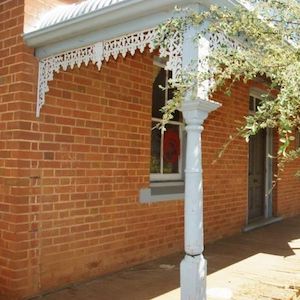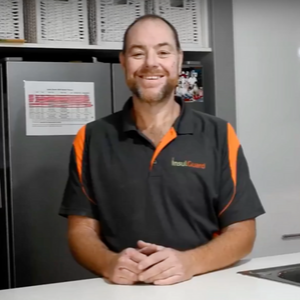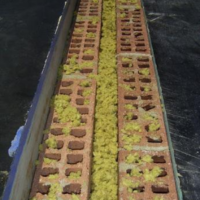Retrofit Cavity Wall Insulation
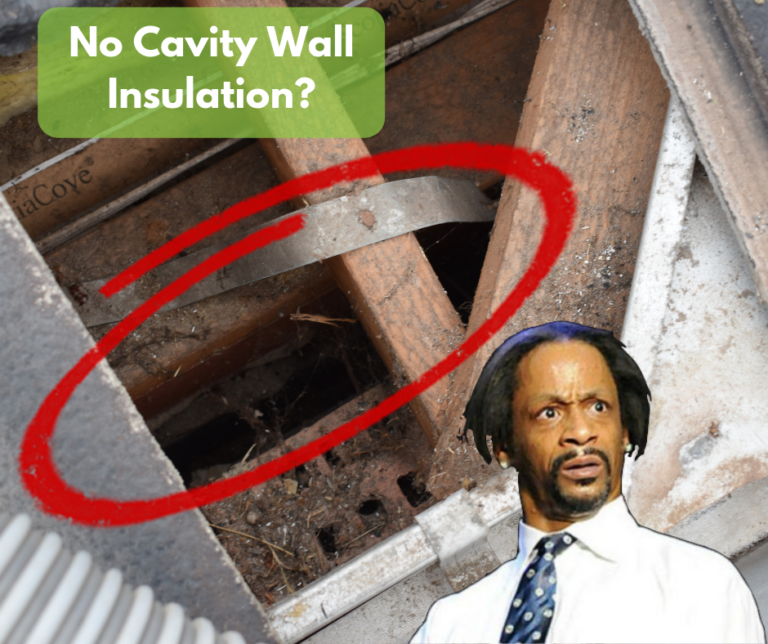
Only a very small percentage of Perth homes have insulation in their double brick cavity. With up to 25% of your heat transfer going through your walls, retrofit cavity wall insulation is a crucial part of any home improvement. Not only does it keep your home protected from external temperature variations, but also reduces your reliance on heating and cooling, reducing your energy bills whilst making your home more sustainable.
With very few houses having cavity wall insulation, there is a range of retrofit cavity wall insulation solutions. These retrofit options can be done post-construction for new and existing houses, meaning you can enjoy all the benefits cavity wall insulation has to offer.
So what are the options?
No different to ceiling insulation or underfloor insulation, a variety of products are used. These can include fibreglass or rockwool being injected into the cavity, or a polystyrene bead like InsulGuard Cavity Shield.
We wanted to share what the advantages (and disadvantages) of each cavity wall solution is.
Retrofit Cavity Wall Insulation - Thermal Performance

There isn’t a significant difference in thermal performance regardless of whichever retrofit cavity wall insulation product you choose. As most double brick cavities are only 50mm wide, there is only so much insulation material you can inject into the cavity space. Uninsulated, a double brick cavity is rated at R0.4, and once insulated, it becomes R2.0 rated for heat transfer.
Retrofit Cavity Wall Insulation - Acoustic Performance
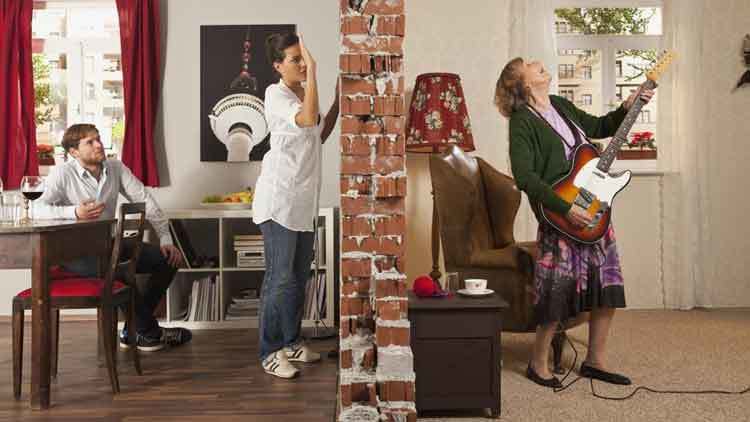
The acoustic performance of any insulation material varies based upon the density of the product. Therefore, rockwool insulation blown in to the double brick cavity tends to be the best acoustic wall insulator. Fibreglass and polystyrene still offer some acoustic performance as they reduce reverberation in the double brick cavity.
Water Penetration
The double brick cavity was originally designed to prevent moisture build up on the internal brickwork, thus preventing mould and mildew. It is therefore crucial that the insulation does not allow moisture build up.
Whilst neither fibreglass, rockwool or polystyrene will hold water in the material, it is the installation that can create problems. Both rockwool and fibreglass are in fibres and clumps of insulation material. So whilst they don’t absorb the water, they can allow water to get stuck in the cavity and traverse from the external skin to the external skin.
InsulGuard Cavity Shield is a loose polystyrene bead. Due to the spherical nature of the bead, water is pulled downwards through the cavity with gravity. Therefore, it is the only product that won’t allow water to get trapped inside the double brick cavity.
Installation Method
With retrofit cavity wall insulation installation, it’s important to consider how the double brick cavity will be accessed. Most products are unfortunately installed via drilling into either the external or internal skin and then blowing the product into the cavity. These holes are drilled every 1 – 1.5m to inject the fibreglass or rockwool insulation into the cavity. These are then patched up at the completion of the job, which can require additional painting or rendering. It’s worth noting that there is often moisture problems with this type of method after the patching is completed.
The polystyrene insulation by InsulGuard is the only non-invasive retrofit cavity wall insulation available on the market. Instead of drilling into the brickwork, the bead is installed from the top of the cavity through removing a few tiles or sheets of tin. A tube is then inserted into the cavity, and the Cavity Shield is blown in under pressure to fill the entire double brick cavity void.
Coverage
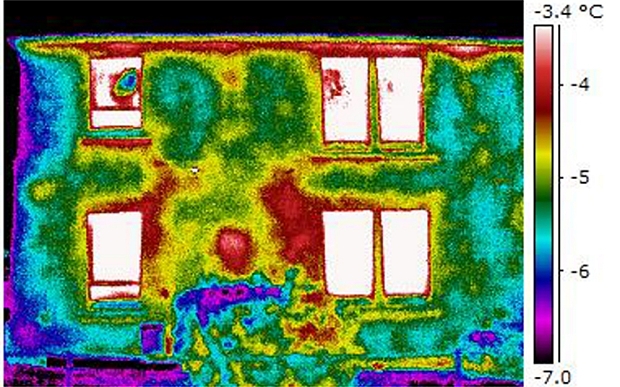
Any fibrous product runs the risk of not filling the cavity completely. These fibres get caught on internal brick dags, brick ties and any cabling that is in the double brick cavity. As Cavity Shield is a small polystyrene bead which is loose in the cavity, it fills up like sand in an hour glass. This is how Cavity Shield can claim to be the only retrofit cavity wall insulation product that can guarantee a 100% coverage. Check out our before and after thermal images.
The Final Verdict
Only one product can claim to be non-invasive (no drilling) and have a 100% coverage; InsulGuard Cavity Shield. The loose-bead polystyrene is designed for Australian homes and is the best avoiding moisture penetration.
